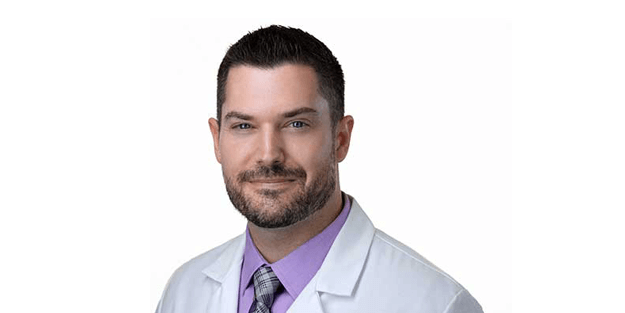Posted by: Mann Eye in Co-Management
Welcome to the May edition of The OD Advocate, our information-packed monthly newsletter. We hope you’ll enjoy the content we’ve presented, and of course, we’d love to hear your feedback!

Surgeon Insights: Cataract Q&A with Brian Wright, MD
From femto-assisted cataract surgery to choosing a lens to potential complications, Dr. Wright, Mann Eye surgeon and practice owner, weighs in on some of the most frequently asked questions regarding cataract surgery.

June is Cataract Awareness Month
Today’s seniors are more active than ever before. They work out. They watch their diet. They travel and enjoy a significant degree of independence. Basically, they’re inspiring!
Much of this trend may be due to the fact that the senior population is gradually incorporating more baby boomers — a generation that values physical activity and whose number two reason for seeing a physician is a sports-related injury, as reported by the International Council on Active Aging.
To match their lifestyle, we offer premium lenses (we call them Active Life Lenses) that are designed with their needs and wants in mind.

Tip of the Month: The Importance of Submitting Chart Notes
When referring a patient, please send chart notes if possible. It is helpful to have the patient’s ocular and medical history to alleviate any confusion at the time of their visit with us, especially for patients being referred for glaucoma and retina.
Ready to refer? Contact information below:
Houston
Phone: 713.580.2506
Fax: 713.580.2507
Email: refer@manneye.com
HOUSTON REFERRAL FORM
Austin
Phone: 512.879.3754
Fax: 512.564.8242
Email: referatx@manneye.com
AUSTIN REFERRAL FORM

Team Spotlight: Co-Management Coordinator – Grace Lau
Grace has worked in refractive surgery for 24 years, 17 of which have been at Mann Eye. Every day, she strives to provide the best care when scheduling co-managed patients, and to maintain communication between Mann Eye and co-managing doctors. Outside of work, she enjoys spending time with family and friends, traveling and reading.
Grace can be reached at 713-580-2506 or glau@manneye.com
Continued
Surgeon Insights: Cataract Q&A with Brian Wright, MD
Q: What are the benefits of the femto laser for cataract surgery, and what does it allow the surgeon to do better compared to traditional surgery?
A: Femto in my hands is a safer, faster and more predictable surgery than traditional cataract surgery. It also allows me to perform very accurate limbal relaxing incisions which are precisely 80% depth for that particular patient which is more accurate than a set-depth diamond blade. As such, the ability to decrease astigmatism to as close to zero as possible is augmented.
Q: How do the surgeons decide what type of lens implant works best with each patient (what is factored into the decision for monofocal, toric or multifocal?)
A: The two big things I look at are amounts of astigmatism and the health of the eye (especially the retina and optic nerve). You change from LRI to toric lens over 1D of cylinder, roughly. If the eye is totally healthy, I let the patient know they would do well with a trifocal or EDOF lens. EDOF lenses are more forgiving so if there is any slight pathology but healthy enough, then I lean towards that over a trifocal.
Q: What are some of the differences between the various multifocal IOL implants used at Mann Eye?
A: Trifocal lenses (PanOptix) have the strongest reading and widest range of vision so it’s my choice for someone with a perfectly healthy eye. The downside is patients sometimes notice halos around lights, but 99% tolerate them because of the excellent vision. This lens gives me the most “wow factor” for patients. I use a Symfony lens if the astigmatism is variable between scans as the elongated focus is helpful for covering up changing (with tear film)/residual cylinder. The downside is less reading vision and occasional “webbing” with lights, though less commonly complained about by patients. Vivity has no true rings and only has a central elevated area/pseudo rings. This leads to night symptoms no worse than a monofocal lens. It gives a range of vision for intermediate and distance, and it is the most forgiving of the lenses. The downside is a lack of near vision without readers.
Q: What are the most common post-op complications from cataract surgery, and at what point does the surgeon recommend having the patient seen by the surgeon in the event post-op complications occur after cataract surgery?
A: The most common issues after cataract surgery in order are:
1. Dryness
2. Rebound inflammation
3. Residual Rx
4. CME
I would say send any patient back if they are unhappy for any reason that you’re unable to resolve. Patients want to know what the issue is and how it will be fixed. Sometimes, the surgeon’s view is different than another doctor’s, so the threshold to send an unhappy patient back should be low to avoid conflicting information being given to the patient. We are here to help so we never mind seeing a patient who needs extra attention!

